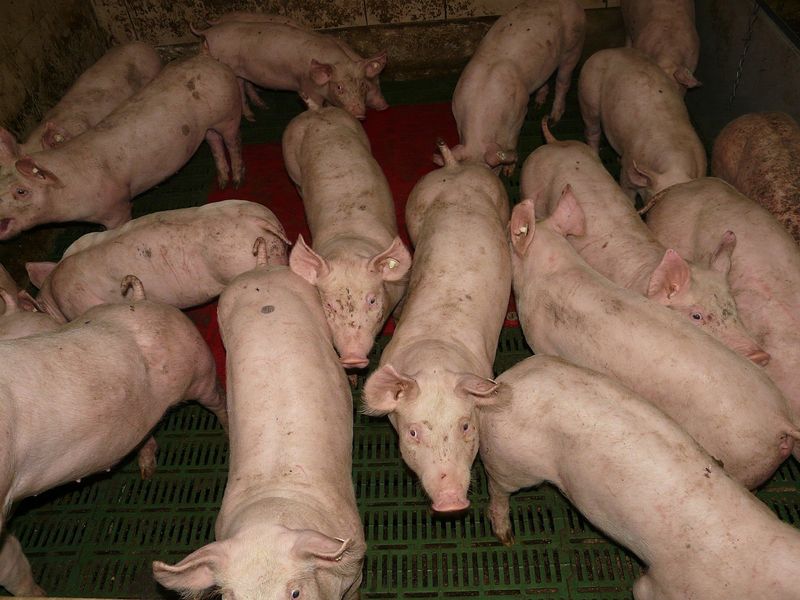
Published in News
What’s Behind the Rising Pork Prices in 2025?
Pork prices are climbing in 2025 due to a mix of reduced production, weak demand, export slowdowns, and lingering effects from past market disruptions.

Why are pork prices going up in 2025?
That’s a question many people across Europe are asking right now.
The price jump has been noticeable, but the reasons behind it aren’t entirely clear. Here are a few possibilities that might help explain what’s going on—though none are guaranteed to be the full story.
1. Fewer Pigs Being Raised
In the past couple of years, raising pigs has become expensive. Many farmers expected consumers to adjust to higher pork prices in 2023 and 2024. But instead, demand dropped, and business slowed down. As a result, some farmers cut back on production, and the number of pigs declined—especially in Germany, where some of the biggest pork plants shut down.
2. Europe Kept Its Pork
With prices high and demand weak, exports from Europe slowed down. A lot of meat stayed in the region. Combined with lower pig numbers, this may have reduced supply and put upward pressure on prices.
3. Farmers Waiting for Easter
Early 2025 was tough for farmers. Many were losing money through January, February, and March, hoping that better weather and the Easter season would help them recover. When demand around Easter started to pick up, prices rose—but not because demand was strong enough. It was partly driven by limited supply.
4. Disease in Beef Livestock
A recent outbreak of foot-and-mouth disease in Germany affected the beef industry and may have pushed some consumers toward pork. This shift could have influenced prices, too.
5. The Price Doesn’t Reflect Real Demand
Despite the recent price increases—like a 13-cent jump one week and another 10 cents the next—some might say the market isn’t actually strong. Demand remains weak, and higher prices may not be sustainable long term.
These are just some possibilities. The pork market is affected by many moving parts—farming decisions, consumer habits, health issues, and seasonal changes. It’s a cycle, and 2025 is shaping up to be a year where we see the effects of past decisions.
Sources:
